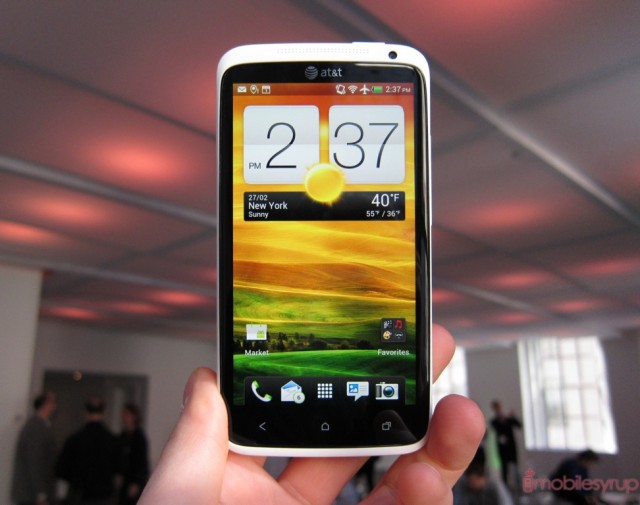
HTC executives are only now, upon the announcement of their vastly improved One Series handsets, acknowledging that their former flagships were using a bloated version of Android dubbed Sense 3 that most users had grown tired of. “The original concept was that it had to be simple and it had to be easy to use and we had that philosophy, but over time it got cluttered,” said Kouji Kodera, HTC’s Chief Product Officer.
This has taken a long time — the so-called improvements seen from Sense 2 to 3 were mostly eye candy and nothing more. In truth, they slowed down the operating system with garish widgets, overly ambitious background processes and complicated first-party applications. Kodera says things are changing in Sense 4: “There where too many things in there. Even on the home screen we had four or five icons before consumers got a chance to add things themselves. For the HTC One range we have taken it down to Sense 2.0 again.”
We are not ones to complain. When the HTC One X and One S debut in the Spring, thousands of Canadians are going to relish the freed-up space on the homescreen, and the added performance of Sense 4. More importantly, HTC wants to be less in the spotlight. “You will start hearing less from us as we are going to be focusing on less number of products,” Kodera said. Whether they will hold to that line — we have no doubt the One X, One S and One P are not going to be the only smartphones the company releases in 2012 — remains to be seen. But the fresh approach to product releases, the simplification and unification of the naming scheme, and the willingness to bend their own rules, leaves us with hope for HTC of 2012.
Source: Pocket-lint
MobileSyrup may earn a commission from purchases made via our links, which helps fund the journalism we provide free on our website. These links do not influence our editorial content. Support us here.


